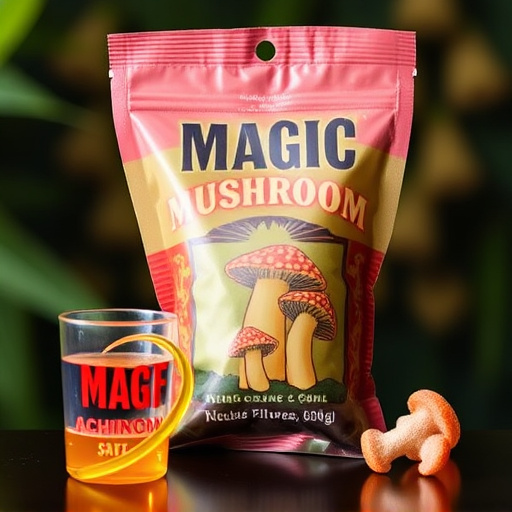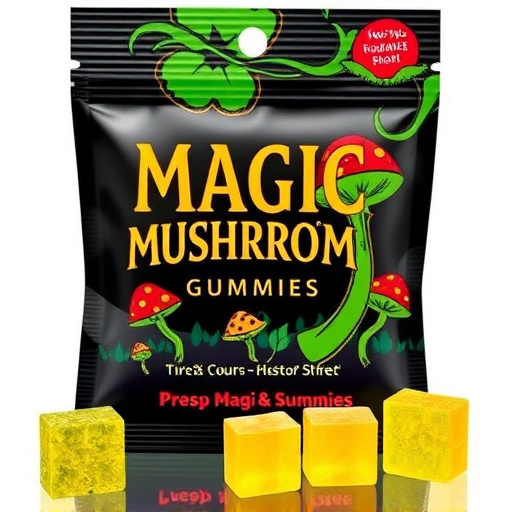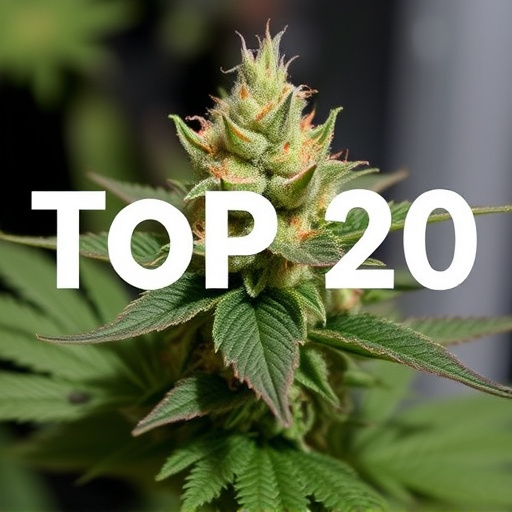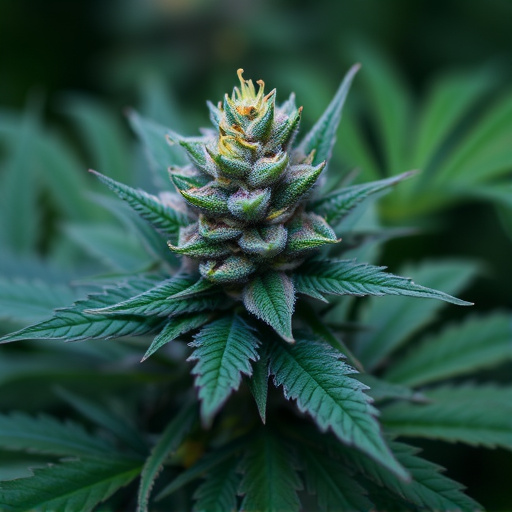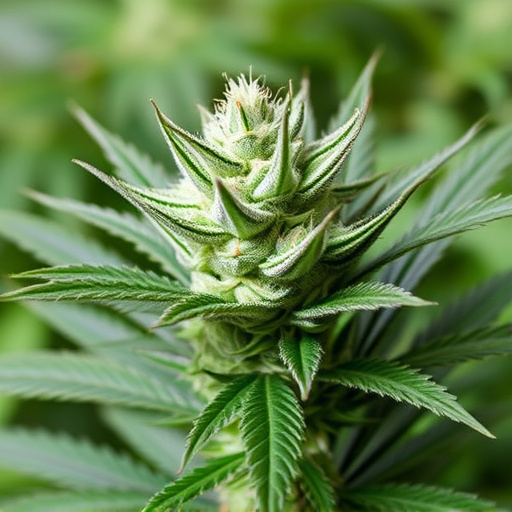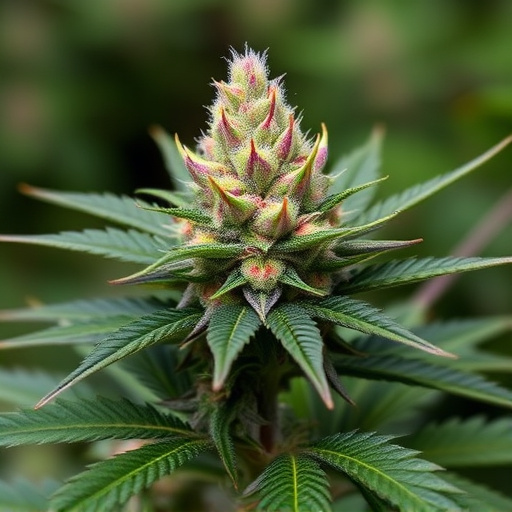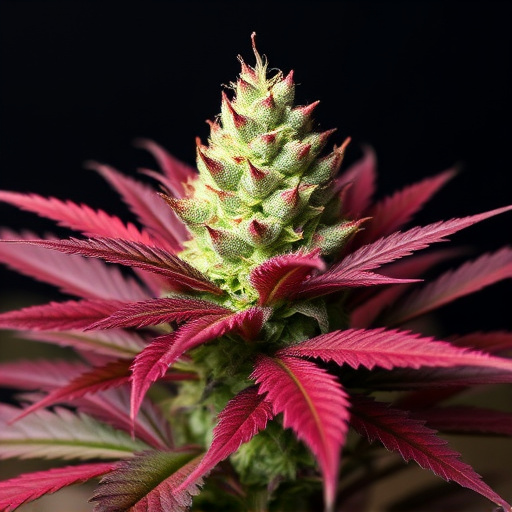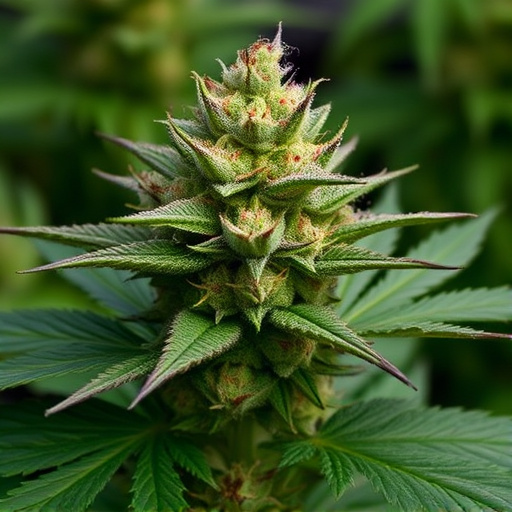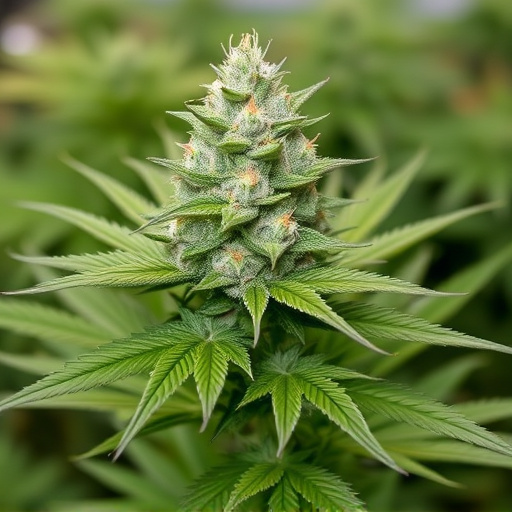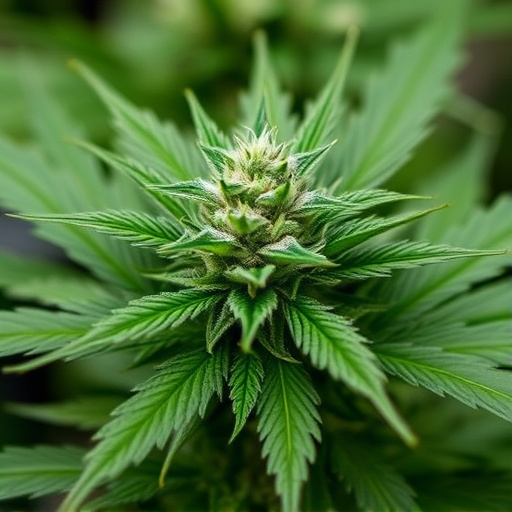Outdoor weed cultivation offers a natural approach that maximizes genetic potential, enhances root systems, and produces some of the best cannabis strains valued for their unique characteristics and authentic experiences. Natural light promotes efficient photosynthesis, fresh air improves airflow reducing disease risks, and varied stimuli lead to broader terpene expressions. However, outdoor growth presents challenges like unpredictable weather, pests, and legal restrictions, requiring natural solutions for climate control and pest management while navigating complex regulations.
In the world of cannabis cultivation, the age-old debate rages on: is outdoor or indoor weed superior? This article delves into the heart of this dilemma, exploring the intricate dance between natural growth and controlled environments. We uncover the benefits and challenges of both outdoor and indoor cannabis cultivation, providing insights into the best cannabis strains for each setting. From sun-kissed fields to climate-controlled rooms, discover which environment nurtures the ideal plant, catering to diverse preferences and needs.
- Outdoor Weed: Sun-Kissed and Free-Growing
- – Benefits of outdoor cannabis cultivation: natural light, fresh air, diverse terpene profiles
- – Challenges: climate control, pests, legal restrictions
Outdoor Weed: Sun-Kissed and Free-Growing
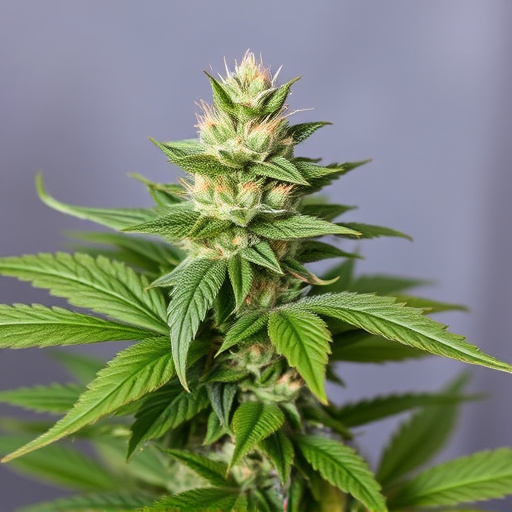
Outdoor weed, as the name suggests, is grown in natural sunlight and fresh air, away from the confines of indoor environments. This method allows for a more diverse range of cannabis strains to flourish, taking advantage of the ever-changing seasons and weather conditions. Sun-kissed outdoor plants often develop richer, more complex flavors due to their exposure to varying UV levels, resulting in some of the best cannabis strains known for their robust aromas and potent effects.
Free-growing without human intervention means these weeds can reach their full genetic potential, leading to higher cannabinoid profiles and unique terpene expressions. The outdoor environment also encourages a stronger root system, which contributes to healthier plants and potentially better yields. For enthusiasts seeking authentic experiences and the best cannabis strains with distinct characteristics, outdoor cultivation is often considered the ultimate test of a plant’s quality.
– Benefits of outdoor cannabis cultivation: natural light, fresh air, diverse terpene profiles
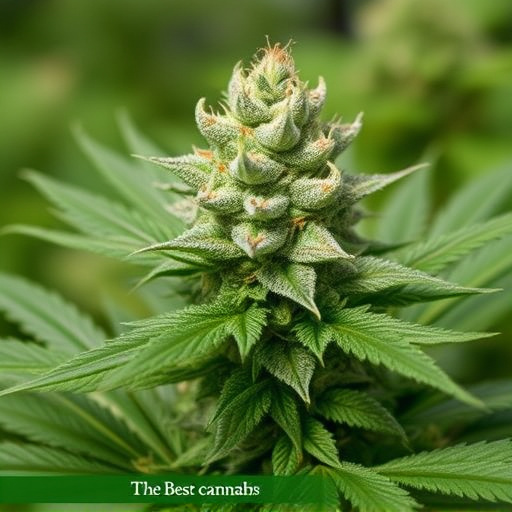
Cultivating cannabis outdoors offers a range of benefits that contribute to superior quality and diverse terpene profiles in some of the best cannabis strains. Exposure to natural light, for instance, allows plants to photosynthesize efficiently, promoting robust growth and enhanced cannabinoid production. The fresh air also facilitates better airflow around the plants, reducing the risk of diseases and pests while providing a cleaner, more natural environment for their development.
Moreover, outdoor cultivation exposes cannabis plants to varying environmental conditions, which can lead to a broader spectrum of terpene expressions. Terpenes are aromatic compounds that not only contribute to the unique scent and flavor profiles of different strains but also possess potential therapeutic benefits. This diversity in terpene profiles can result in more complex and delightful aromas, catering to a wide range of consumer preferences when it comes to the best cannabis strains.
– Challenges: climate control, pests, legal restrictions
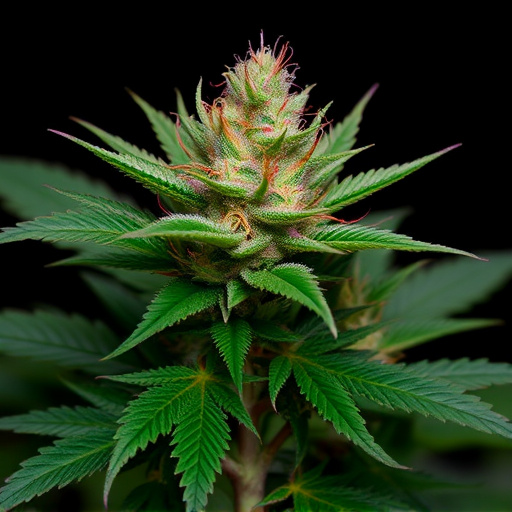
Growing cannabis outdoors presents a unique set of challenges compared to indoor cultivation, particularly in terms of climate control, pest management, and legal considerations. One of the primary difficulties with outdoor growing is adapting to fluctuating weather conditions. Unpredictable temperature changes, excessive rainfall, or prolonged droughts can significantly impact the overall health and yield of cannabis plants. Unlike indoor environments where climate can be meticulously regulated, outdoor growers must rely on natural elements, making it more challenging to ensure consistent optimal growing conditions for the best cannabis strains.
Pest management is another critical aspect that sets outdoor cultivation apart from its indoor counterpart. Exposure to open air means plants are susceptible to various insects, rodents, and other pests that can damage or even destroy crops. While indoor growers have the advantage of controlled environments and integrated pest management strategies, outdoor cultivators must employ different methods, often involving more natural, organic solutions, to protect their plants from these common issues. Additionally, legal restrictions on cannabis cultivation vary widely between regions, making it crucial for outdoor growers to be well-versed in local laws and regulations, which can further complicate the process of establishing a successful outdoor cannabis garden.
In the battle between outdoor and indoor weed, both have their merits. Outdoor cannabis offers sun-kissed flowers with diverse terpene profiles, providing a unique sensory experience. However, it faces challenges like climate control and legal restrictions. Indoor cultivation ensures consistent environment and privacy but may lack natural light’s benefits. When seeking the best cannabis strains, understanding these factors is key to deciding what grows best for you, whether it’s the freedom of outdoor fields or the control of indoor spaces.

